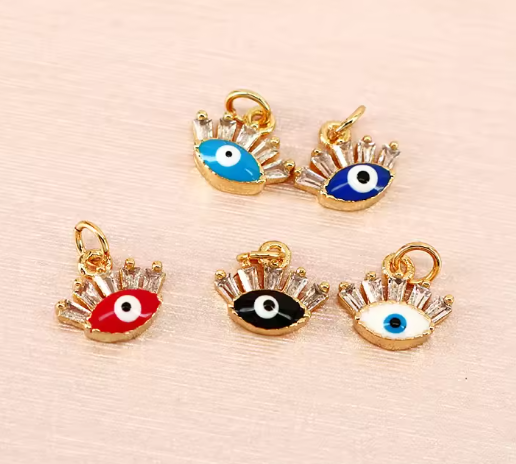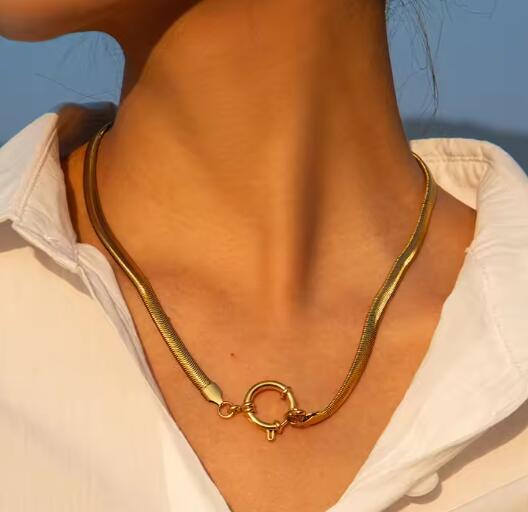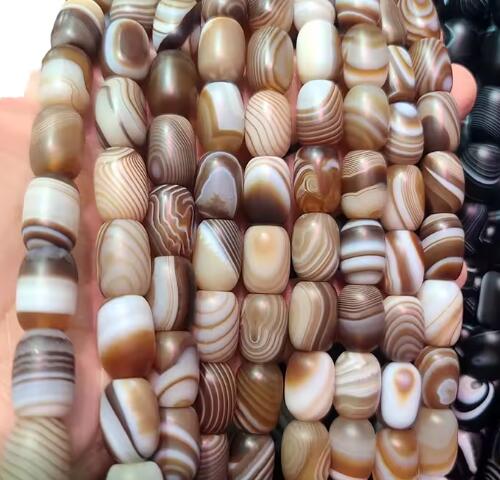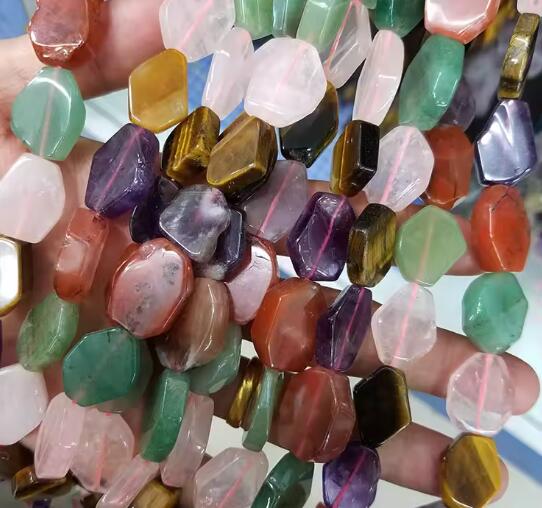Is Zircon Jewelry with Micro-Inlay Technology More Durable Than Traditional Inlaid Zircon Jewelry?
Zircon jewelry—admired for its diamond-like sparkle and budget-friendly price—depends entirely on inlay techniques to keep stones secure. For shoppers weighing their options, a critical question emerges: Does zircon jewelry crafted with micro-inlay technology offer better durability than pieces made with traditional inlay methods? The answer is definitive: Yes, micro-inlay zircon jewelry is generally far more durable—and this advantage stems from its precision-engineered design, which locks stones tightly in place, resists daily damage, and maintains its integrity through regular wear. Let’s break down the key differences between the two techniques, their real-world performance, and why micro-inlay stands out as the more durable choice for long-lasting zircon jewelry.
1. The Core Difference: How Micro-Inlay vs. Traditional Inlay Secure Zircons
Durability begins with how effectively stones are anchored to the metal base—and the two methods take vastly different approaches:
-
Traditional Inlay (e.g., Prong, Bezel, Channel): Traditional techniques rely on larger, more visible metal structures to hold zircons. Prong inlay uses 3–4 metal prongs (typically made of sterling silver or brass) to grip the stone’s girdle (edge); bezel inlay wraps a thin metal rim around the stone’s perimeter; channel inlay sets stones in a narrow, pre-cut metal groove. While these methods work for basic wear, they have inherent weaknesses: prongs can bend or snap if bumped (e.g., against a keyboard or door handle), bezel edges can wear thin over time (especially with frequent rubbing against clothing), and channel-set stones can shift or fall out if the groove loosens from impact. For example, a traditional prong-set zircon ring might lose a stone after its prongs catch on a sweater or handbag strap.
-
Micro-Inlay Technology: Micro-inlay leverages ultra-fine metal components (often 0.1–0.3mm thick, thinner than a human hair) and computer-controlled laser cutting to create tiny, custom-fitted grooves for each zircon. Each stone is secured by 4–6 small metal “clips”—too small to see with the naked eye—that are integrated directly into the metal base, rather than protruding outward. The metal around the inlay area is also reinforced (usually with a 1.5–2x thicker base layer) to add structural support. Unlike traditional prongs, these micro-clips are resistant to bending or breaking; their flush design eliminates the risk of catching on objects. A micro-inlay zircon bracelet, for instance, can withstand being bumped against a table or rubbed against a jacket without stones shifting or coming loose.
2. Resistance to Daily Wear: Scratches, Impacts, and Stone Loss
Everyday activities—from typing and cooking to commuting and exercising—put jewelry durability to the test. Here’s how the two inlay methods compare in real-life scenarios:
-
Stone Loss Risk: Traditional inlay carries a much higher risk of stone loss. Prongs often get caught on bags, hair, or clothing, bending backward and releasing the zircon. Bezel settings can loosen if the metal is dented (e.g., from dropping the piece on a hard floor), while channel-set stones can fall out if the groove widens due to repeated impact. A traditional channel-set zircon necklace, for example, might lose a stone after being accidentally pulled while putting on a shirt. Micro-inlay’s tight, multi-point securement virtually eliminates this risk: zircons are held in place from all sides, and the flush design means no parts to catch or pull. Even if the piece is scratched or bumped, stones rarely shift—making micro-inlay ideal for daily-wear items like rings or bracelets.
-
Scratch and Impact Resistance: Traditional inlay’s protruding prongs or wide bezels are far more prone to scratches and dents. A prong-set zircon ring, for instance, might develop bent prongs after being dropped on a tile floor, or the bezel of a traditional bezel-set earring could scratch if rubbed against a metal phone case. Micro-inlay uses flush-set stones (the top of the zircon sits level with the metal surface) and minimal exposed metal, so there’s little to catch or dent. The reinforced metal base also adds scratch resistance: micro-inlay pieces can withstand light scrapes (e.g., against a laptop or countertop) without visible damage, unlike traditional pieces that may show scratches on prongs or bezels.
-
Moisture and Dirt Resistance: Traditional inlay’s larger gaps—such as the space between prongs or the inside of a channel groove—easily trap dirt, lotion, sweat, or perfume. Over time, this buildup can weaken the setting: moisture can cause metal to tarnish (especially in sterling silver pieces), and debris can loosen prongs or push stones out of place. Micro-inlay’s tight seams leave almost no space for debris to accumulate. This not only keeps the jewelry cleaner (less frequent wiping is needed) but also prevents moisture from damaging the setting—extending the piece’s lifespan, especially in humid climates (like Southeast Asia or the southern U.S.).
3. Long-Term Durability: How Both Hold Up Over Months of Wear
Durability isn’t just about avoiding immediate damage—it’s about maintaining appearance and function over time. Here’s how the two methods perform after months of regular use:
-
Traditional Inlay: After 3–6 months of daily wear, traditional inlay pieces often show clear signs of wear: prongs may be bent or worn thin, bezels may lose their shape, and stones may become loose (requiring professional repair, which can cost 20–50 per stone). A traditional bezel-set zircon earring set, for example, might have dulled bezel edges and a slightly loose stone after 6 months of wearing them to work. Regular maintenance—like prong tightening or bezel realignment—is needed to keep the piece usable.
-
Micro-Inlay: Micro-inlay pieces retain their shape and stone security for 12–18 months of daily wear, with minimal signs of wear. The flush setting and reinforced metal mean no bent prongs or loose stones, and the tight seams prevent tarnish from building up in gaps. A micro-inlay zircon pendant, for instance, will still look like new after a year of being worn daily—no repairs or maintenance required. This long-term durability makes micro-inlay a cost-effective choice, as it eliminates the need for frequent fixes.
4. When to Choose Traditional Inlay (Despite Micro-Inlay’s Durability)
While micro-inlay is superior for durability, traditional inlay still has its place for specific needs:
-
Large Zircons (1ct+): Micro-inlay works best for small to medium zircons (under 0.5ct). Larger zircons (1ct or more) require more robust support—micro-clips can’t handle the weight or size of these stones, so traditional bezel or prong inlay is a safer choice. A statement necklace with a 2ct zircon centerpiece, for example, will need a thick bezel setting to stay secure.
-
Vintage or Bold Aesthetics: Traditional inlay (like large, decorative prongs or thick, visible bezels) is a key part of vintage-style or bold jewelry designs. If you prioritize a retro look (e.g., 1920s-inspired prong-set earrings) or a dramatic, eye-catching design over maximum durability, traditional inlay is the better option.
-
Budget Constraints: Micro-inlay requires specialized equipment (laser cutters, computer design software) and skilled labor, so it’s slightly more expensive than traditional inlay (typically adding 10–25 to the jewelry’s cost). If you’re working with a very tight budget and don’t need daily-wear durability, traditional inlay may be more accessible.
In summary, if you want zircon jewelry that withstands daily wear, resists stone loss, and needs minimal maintenance, micro-inlay technology is the clear choice. Its precision design and reinforced structure make it far more durable than traditional inlay—while still preserving the zircon’s sparkling appearance. Whether you’re shopping for a daily-wear ring, a versatile bracelet, or a necklace for frequent use, micro-inlay zircon jewelry offers the perfect balance of beauty, functionality, and longevity.









